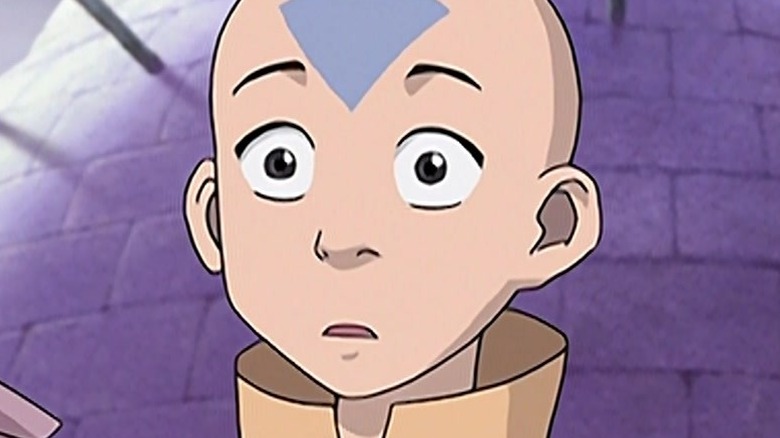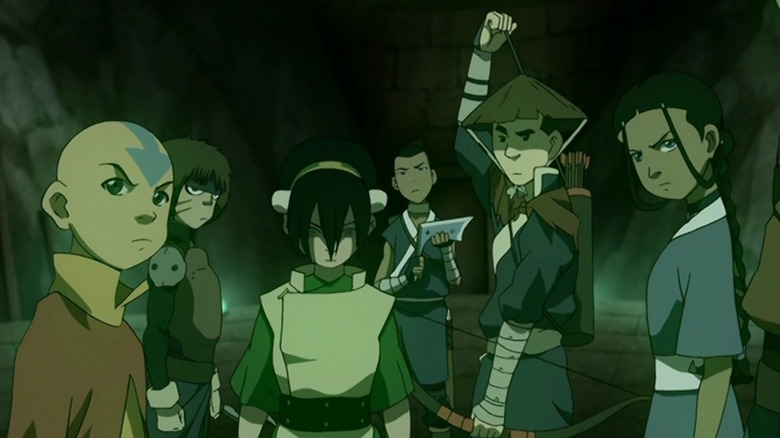The Disturbing Real-Life Place That Inspired Avatar: The Last Airbender's Lake Laogai
"Avatar: The Last Airbender" was a cultural phenomenon for an entire generation, with some hailing it as the best animated show ever. Its impact was so significant that Paramount and Nickelodeon decided to go all in on the franchise and develop multiple new projects. Not only did the series define a generation, but co-creators Michael Dante DiMartino and Bryan Konietzko crafted the children's cartoon so perfectly that even adults could find meaning in it.
The creative team behind "Avatar: The Last Airbender" made a serialized show at a time when the TV industry focused on episodic shows for children. "Avatar" featured a unique and exciting world that captivated children's imaginations while subtly mirroring real-world cultures and events. One parallel present from the get-go was the representation of different cultures through the four main kingdoms. Other connections are slightly more subtle, like the Fire Nation and Earth Kingdom war — a callback to the historical conflicts between Japan and China (via The Stanford Daily).
The war between the Fire Nation and the Earth Kingdom was the central conflict throughout "Avatar: The Last Airbender." Fans got a deeper look at the Earth Kingdom's political climate throughout Season 2, which featured the depths of the Earth Kingdom's largest city, Ba Sing Se. DiMartino and Konietzko's focus on this conflict proved surprisingly educational and had more real-world connections than viewers may assume.
The creators didn't hold back on the references either. One episode, in particular, took inspiration from a horrible real-life location.
Chinese labor camps inspired Lake Laogai
One of the sneakiest real-world references found in "Avatar: The Last Airbender" is in Season 2, Episode 17, "Lake Laogai." The episode featured Team Avatar searching for the captured Appa. Thanks to the help of Longshot, Smellerbee, and a brainwashed Jet, the team found and entered a secret base under Lake Laogai, run by the Dai Li – a faction within Ba Sing Se. There they stumble upon a group of brainwashed women acting as clones of Joo Dee, a Ba Sing Se official who the Dai Li brainwashed to neutralize unwanted guests (via IMDb).
The real-world connection found in this episode is the name of Lake Laogai. Laogai is short for Laodonggaizao, which means "reform through labor." Laogai was a criminal justice system that established penal labor camps and prison farms known as laogai camps throughout the People's Republic of China in the 1950s. The goal of the laogai camps was to reform criminals into law-abiding citizens through forced labor (via Laogai Research Foundation).
The camps were renamed prisons in 1994, and the Chinese government had an extensive network of labor prisons that produced commercial goods to export to the United States and Europe. Former Chinese political prisoners established the Laogai Research Foundation (LRF) to combat the forced labor system. One report that they released estimated the country had over 1,000 working laogai facilities. The Chinese government abolished the system in 2012 after an Al Jazeera documentary exposed the country's inhumane treatment of prisoners (via LRF).

